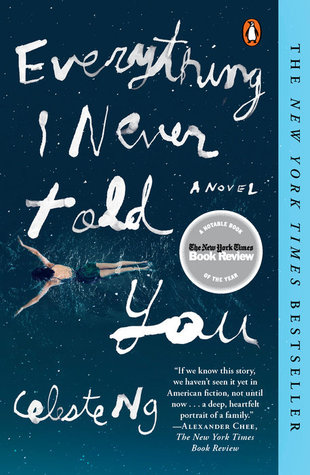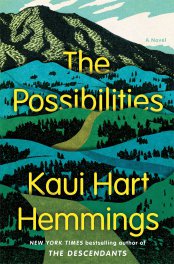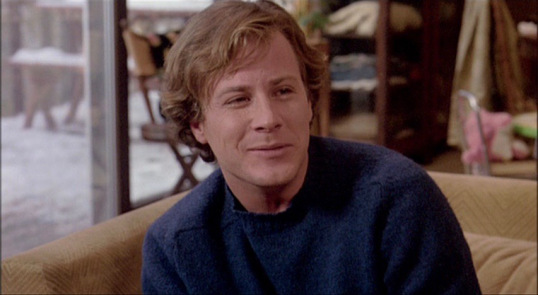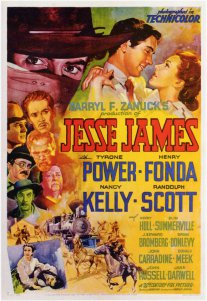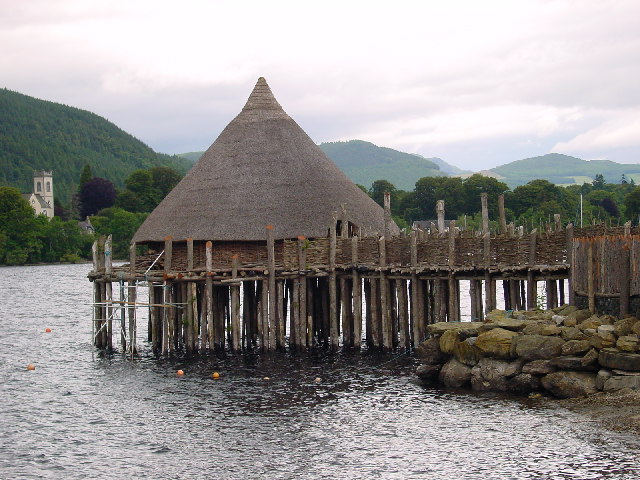Download links for: The Big Burn: Teddy Roosevelt and the Fire that Saved America


Reviews (see all)
Write review
Really good - especially since I read it around the time of a trip to Yellowstone.
Great story with built in primer on conservation movement.
Very interesting tale of fighting wildfires.
Other books by History & Biography
Other books by Timothy Egan
Related articles


